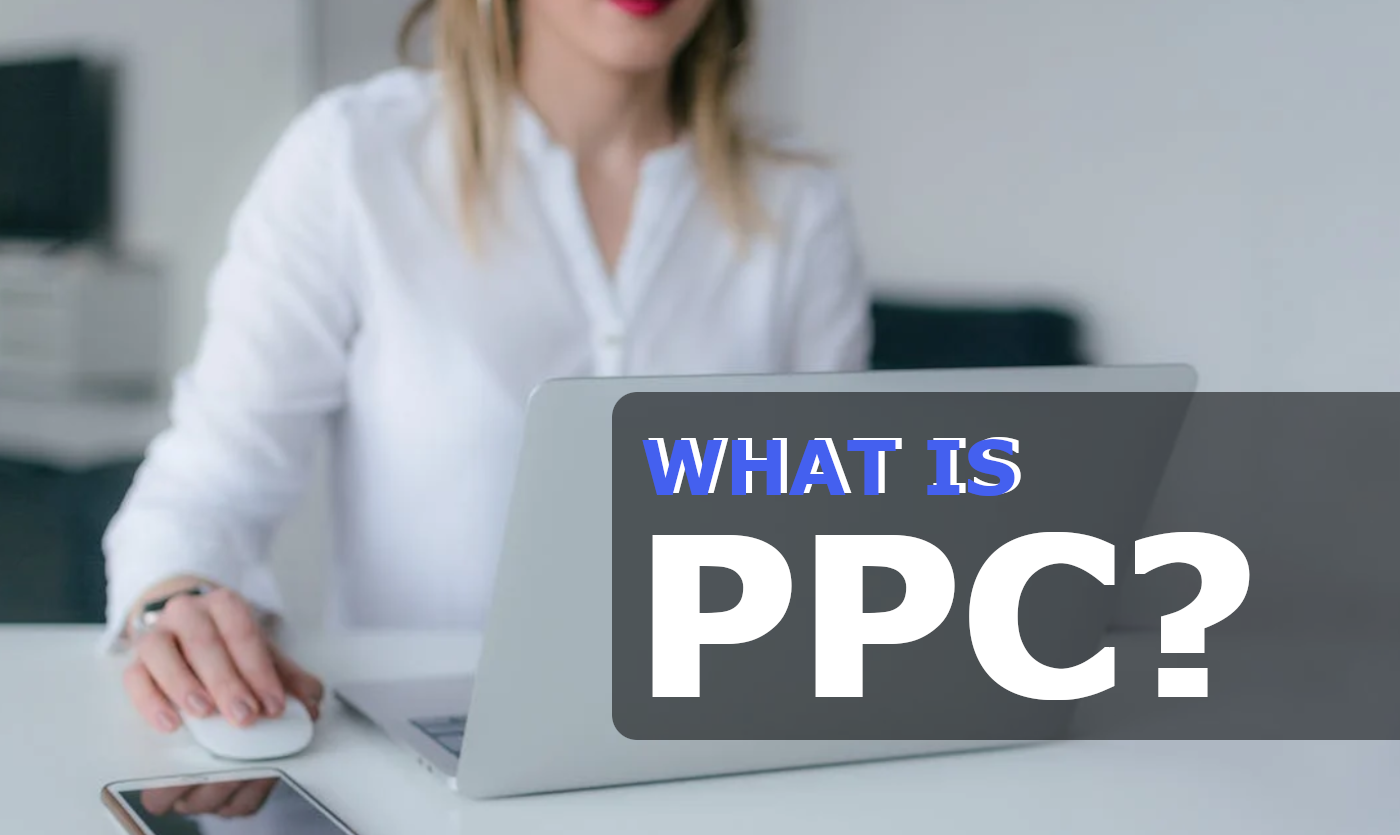How Should You Start Advertising Your Business? Create a Digital Marketing Strategy
You’ve found the perfect concept for a business. You’ve done the legwork to get it from idea to reality (or maybe you’re thinking a step ahead). Maybe your business is already established, but you’re looking to unlock that next level. You’ve come to the right place. In this article, we’ll cover three critical things business should do as a part of their digital marketing strategy.
1. Create a Website
Alright, so this may sound obvious, but hear us out. Creating a website doesn’t just mean having a domain people can navigate to for hours, etc. It means having a site with the appropriate tools to market and re-market to your audience. These tools should help grow not only customers who are purchase-ready (customers), but it should also have ways to pull less eager guests (leads) back in.
If you haven’t already found a website host, Bluehost makes a great, low cost option. (We are an affiliate and do collect a commission if you use the link — plus, you get a deal — but rest assured, as we write this entry, our site is hosted on Bluehost!)
Every Website Should Have These Things:
Clearly Defined Branding
- Clearly defined branding. This starts with the more obvious: consistent color use, imagery, logo, and font use. Branding goes far deeper, but those are the most vital to start. From there, work on consistent voice. Is your brand witty, serious, or something else altogether? Whatever it is, keep it consistent to keep your audience engaged and remembering who you are.
Pages vs Posts
- Pages vs Posts. Every website should have pages, but most will also use posts. What’s the difference? First, we’re speaking to how common website platforms (such as WordPress) name there entities. A page is more static content (i.e. About Us, Contact, etc.). These pages can change, but they tend to stay relatively static. A post tends to change, be updated, or come in regular updates (i.e. a Blog). Organizing your content with this most basic framework in mind can not only be good for your website’s SEO ranking, it’s also more user friendly.
- Pro-Tip: Search engines like Google make money on advertising. They want users to find what they’re looking for with ease because a good experience brings users back to their search engine. When in debating website content or structure in relation to SEO, if it’s user-friendly, there’s a good chance that’s what will rank best.
Lead Capture
- Lead Capture. This can take many forms (pun intended), but at the end of the day, all websites really should have a system for lead capture. HubSpot or MailChimp make great free options for lead capture and lead nurture that can be converted into low-cost databases if desired later on. Both work nicely together or individually and can be used to create website forms, chatbots, landing pages, and more. Most importantly, tools like these ensure that once someone has given you their email or other contact information, you can properly communicate with them to keep leads excited about what you have to offer. Moreover, they have tools built in to ensure people aren’t being contacted in illegal or annoying ways. (In case you were unaware, bulk-emailing emails who haven’t opted-in is illegal in many regions. These tools can help you track the necessary information to stay compliant.)
Analytics
- Analytics. Google Analytics is the obvious free choice for any business getting started, but there are lots of options for tracking and optimizing your website and lead nurture processes based on website traffic. The most important advice we can give: even if you don’t think you will use or want to use this, install it on your website right away. But why though?! While you can ignore and not touch the account (set it and forget it), you can never get back untracked traffic. It may not be immediately useful, but a year into your business, it may prove useful in revamping your messaging or launching an ad campaign. Looking for someone who knows digital marketing data or SEO? We can help!
Legal and Compliance
- Legal and Compliance. These pages are some of the most commonly forgotten pages, but believe it or not, compliance pages (such as a Privacy Policy) are not only legally required in some regions, they also establish trust with search engines. Make sure you have policies that protects both your business as well as your customers.
2. Social Media and Inbound Marketing
Social media and inbound marketing strategies are the next important thing your business should be doing as part of a digital marketing strategy.
Inbound marketing, as the name implies, is intended to bring people to your website or business by getting them to come to you. It’s a more passive approach than outbound, but it’s a critical part of establishing and growing a brand. After all, now that you’ve created a website, you want people to visit it, right? One of the more common ways most businesses get started is with social media.
Social media can be as simple as a post with a link to the homepage, but at its best, social media is also promoting other inbound tactics such as blog posts, white papers, quizzes, etc.
The biggest mistake made when it comes to starting on social media? Assuming posting is fast and easy. Many businesses see slower growth in brand following due to the assumption that they need to be active everywhere. In reality, the best approach is to pick just one or two channels, establish a good following, and then progress to new channels from there. Done well, strong social media marketing takes time and effort — many companies have entire teams dedicated to just this. Give yourself room to breathe (and succeed) by starting out with just one or two channels where you believe your followers are most likely to engage with your content.
3. Launch a Digital Ad Campaign
Digital ad campaigns aren’t right for every business in every moment, but most business will benefit from them at some point or another. While you can do it yourself with platforms like Facebook, Marketer Speak recommends finding a partner who understands audiences, demographic trends, and ad setup.
Budgets don’t need to be huge — in fact, we recommend starting small and scaling. However, be mindful of DIY when it comes to digital ads. It’s easy to create a digital ad these days on Facebook, Google, or elsewhere. That doesn’t mean it will be effective. Having a partner who understands digital advertising is the safest bet to ensure your ad will reach the right people at the right time, and thus, drive a higher ROAS.
Get More Digital Marketing Tips
Now that you understand the essentials, signup for the Marketer Speak newsletter to get more content like this straight to your inbox. You can unsubscribe at any time (but we don’t think you’ll want to).




